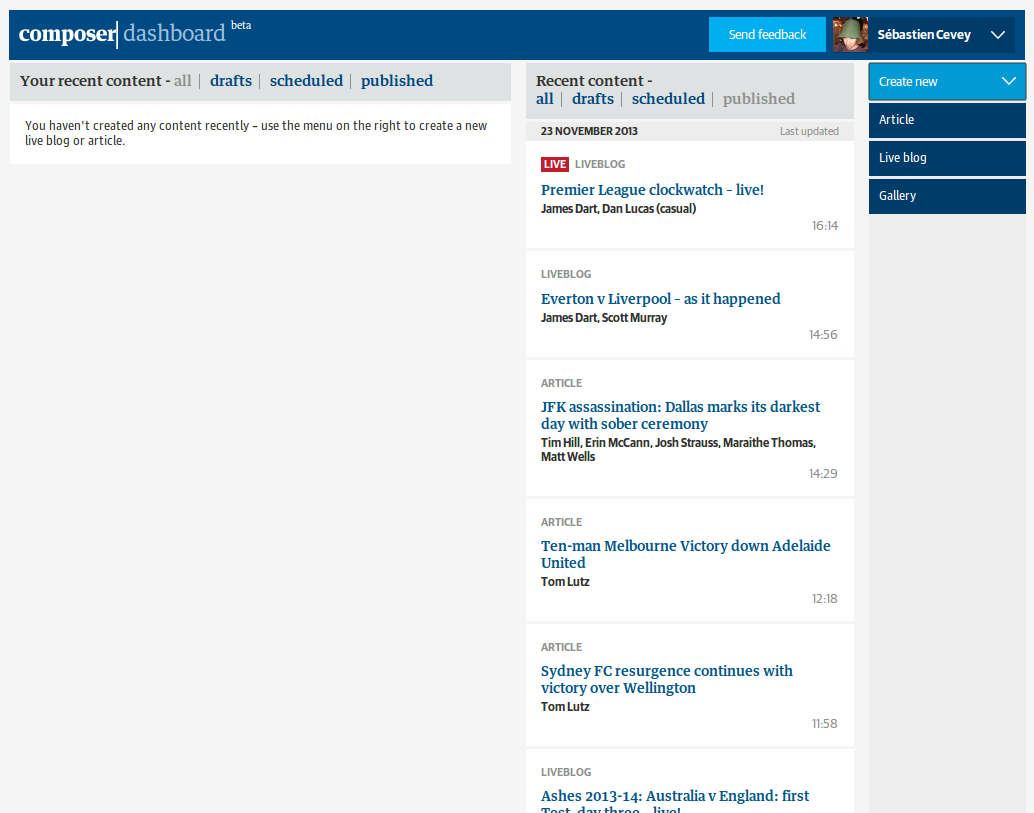

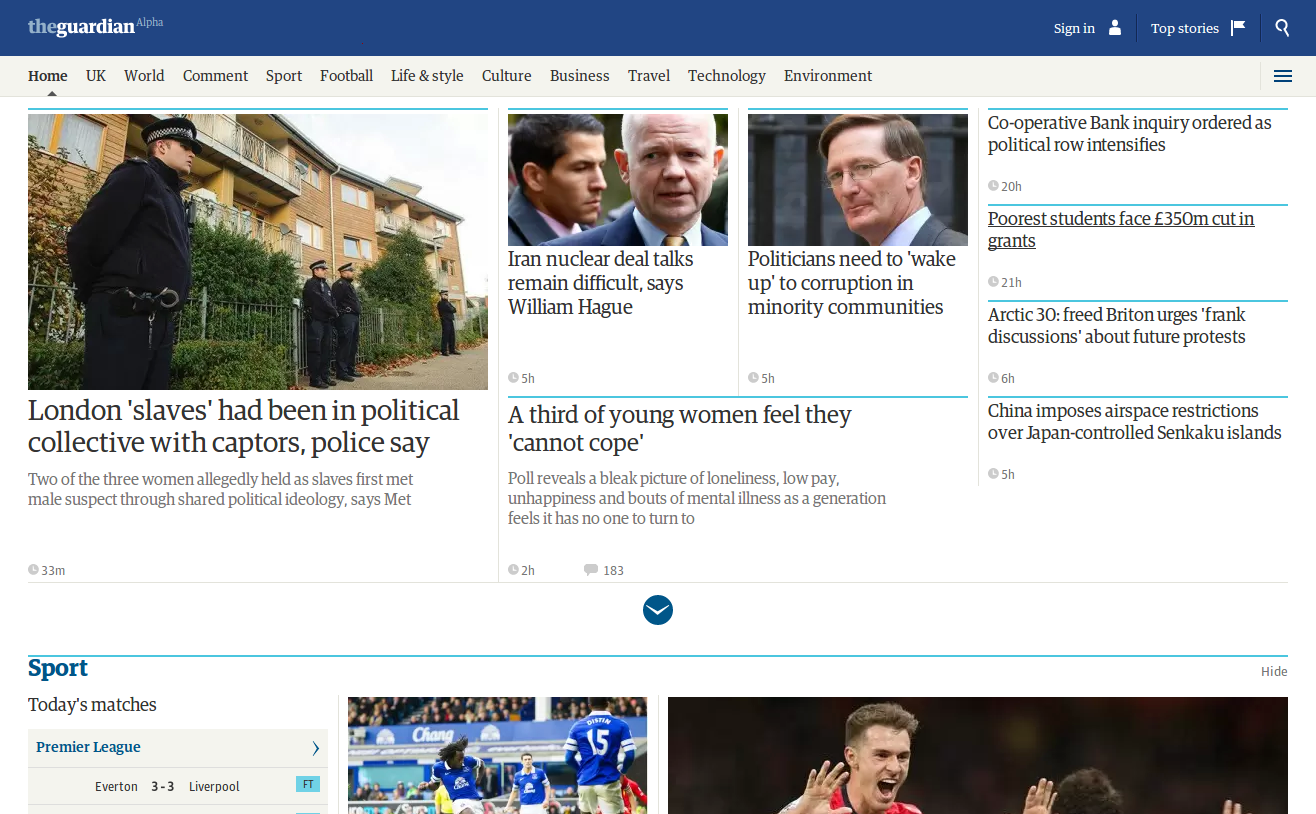
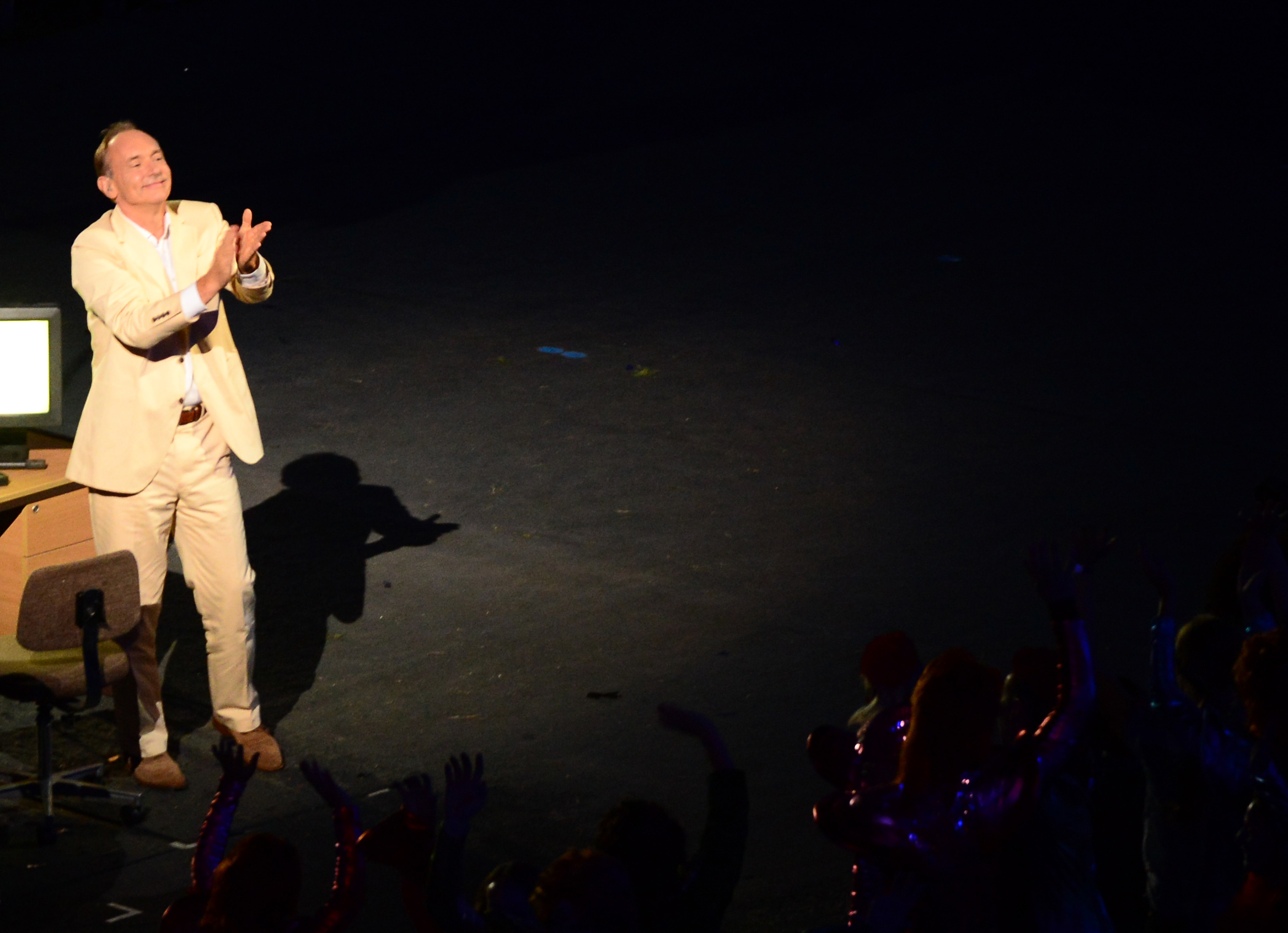
At CERN, a variety of data is already available: reports, experiment data, personnel data, electronic mail address lists, […]. It is however impossible to “jump” from one set to another in an automatic way […] Usually, you will have to use a different lookup-method on a different computer with a different user interface. Once you have located information, it is hard to keep a link to it or to make a private note about it that you will later be able to find quickly.

Anything, absolutely anything, “on the Web” should be identified distinctly by an otherwise opaque string of characters.
The texts are linked together in a way that one can go from one concept to another to find the information one wants. The network of links is called a web.
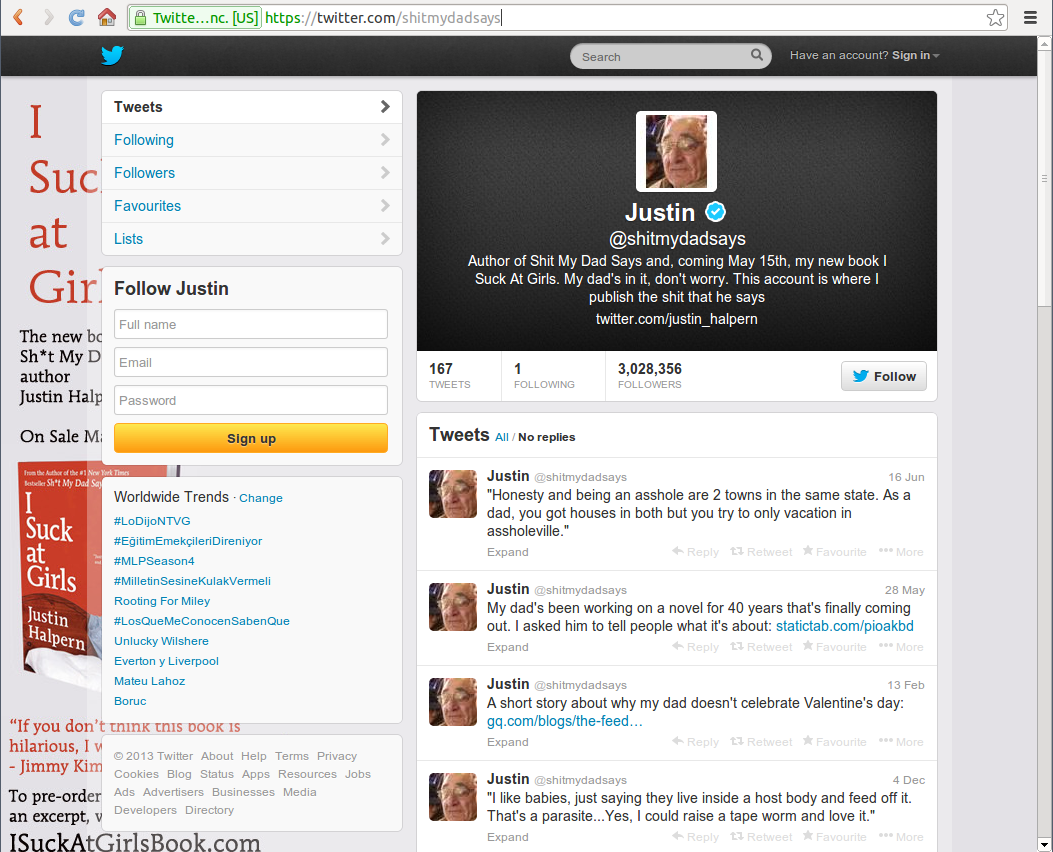
The Web was designed as an information space, with the goal that it should be useful not only for human-human communication, but also that machines would be able to participate and help.
For humans and machines
CSS (1, 2, 3, etc)
For humans
<article itemscope itemtype="http://schema.org/Recipe"> <h1 itemprop="name">Blue cheese, butternut & barley salad with maple walnuts</h1> <meta itemprop="cookTime" content="PT45M"> <meta itemprop="recipeCuisine" content="British"> <div class="nutrition clearfix" itemprop="nutrition" itemscope itemtype="http://schema.org/NutritionInformation"> <dl><dt><span>kcalories</span></dt> <dd itemprop="calories">479</dd></dl> <dl><dt><span>protein</span></dt> <dd itemprop="proteinContent">14g</dd></dl> </div> <ul class="unstyled"> <li itemprop="ingredients">1 butternut squash, peeled</li> <li itemprop="ingredients">2 red onions</li> </ul> </article>
For machines
Optimisation for
search engines
search engines Google
Not all bots are created equal


JavaScript empowers developers to create a powerful new class of multimedia rich applications in a platform-independent development environment.
Netscape considered the Web browser and server as a new form of a distributed OS rather than just a single application.
A page might contain JavaScript scripts that run on both the client and the server.
JavaScript will be the most effective method to connect HTML-based content to Java applets.
<body></body>
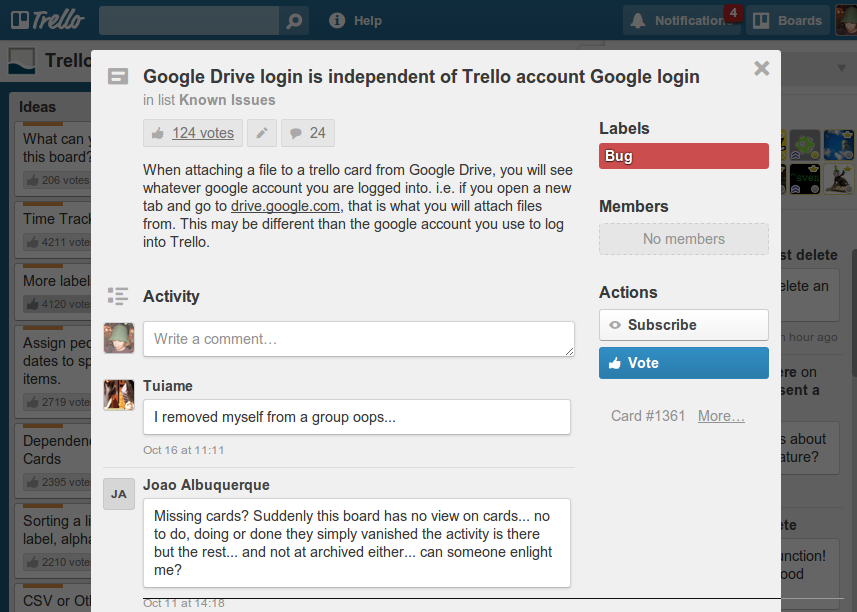




The tradeoff for such power is that you typically cannot determine what a program in a Turing-complete language will do without actually running it.
The less powerful the language, the more you can do with the data stored in that language.
| Component | In page | Enhancement |
|---|---|---|
| External resources (e.g. comments) | Links | Transcluded |
| Pagination | Links | Infinite scrolling |
| Internal links | Links | History API |
| Data infographic | Raw data as table | Interactive canvas |
| Live updates | Link, meta-refresh | Dynamic fetching |
| Non-core (ads, comment count, etc) | N/A | Injected |
Web Components!
Produce or consume the Web
For humans and tools
An SQL database is essentially a closed world, in that the various thing in it were not designed to be linked to from outside.